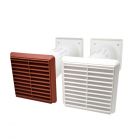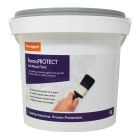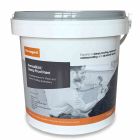Help & Advice Articles, Videos and How-to-Guides
Filter Articles
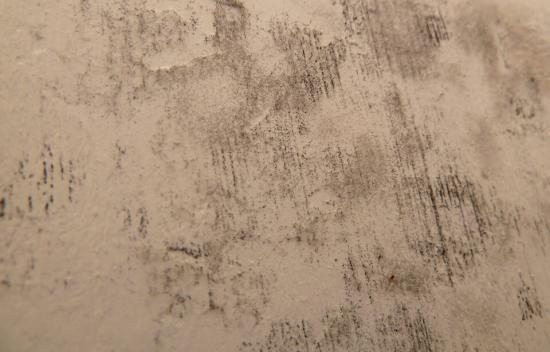
Black Mould - Everything You Need To Know
At Permagard, we help thousands of people deal with mould every year. As well as being unpleasant and stressful to live with, black mould can also be bad for your health. In this article, we answer your most frequently asked questions.
What is black mould?
Black mould is the common name given to a range of fungi you find in properties that are damp, water-damaged or experiencing condensation issues. To get scientific, black mould fungi includes Stachybotrys chartarum, also known as toxic black mould, Alternaria and Cladosporium as well as several other species. Mould growth often appears black but can also be dark green or grey.
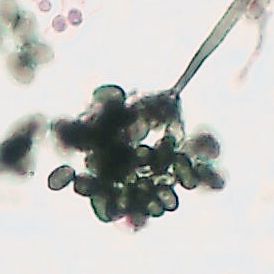
Stachybotrys spores by Brendon Rawlings via Wikimedia Commons
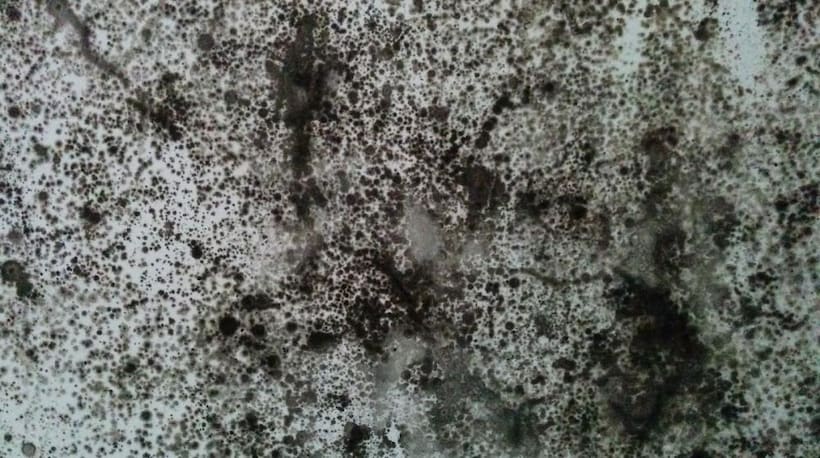
Black mould on wall
What causes black mould?
Mould is often caused by high humidity and condensation in your home or underlying damp issues. If you have excess moisture in the air that can't escape then condensation is likely to occur - this is when warm, moist air comes into contact with a surface at a lower temperature and deposits moisture. This creates the warm damp conditions needed for mould to grow. Poor ventilation is therefore one of the most common causes. Building faults that lead to damp also provide conditions for some moulds to thrive.
How does black mould grow?
Essentially, black mould is everywhere with spores able to survive in a dormant state until the right conditions occur. All it needs is warm temperatures and moisture to grow. Once it starts growing, mould can spread quickly because it’s an asexual organism. This means that one single spore can asexually reproduce trillions of mould spores in the space of a few days. Once airborne, these spores will travel to new areas of your home.
Is black mould harmful?
In some cases, prolonged exposure to black mould can be harmful, especially for the elderly, infants or asthmatics as well as those with skin and respiratory problems. Mould produces allergens but some forms can also release mycotoxins that can aggravate respiratory conditions. It can also cause fatigue, headaches and breathing difficulties if left untreated.
For more information on Mould and Health read this from the NHS. You can also read our piece on the health risks of mould.
Where does black mould grow?
Black mould thrives in humid and moist areas and is therefore commonly found in:
- Bathrooms
- Kitchens
- Bedrooms - check corners and cupboards
- Underneath kitchen and bathroom sinks
- Underneath or behind refrigerators
- Behind walls that also house plumbing
- Near air-conditioning units
- Around windows
- Under carpet that is frequently damp
- Basements or cellars
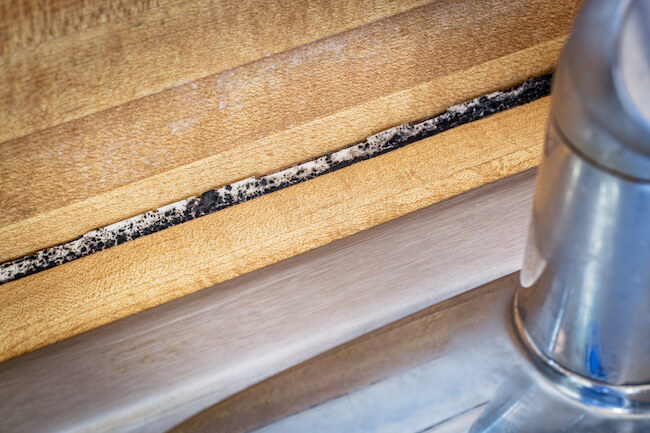
Bathroom Black Mould
Black mould thrives on moist surfaces. Bathrooms often provide ideal conditions for mould growth, being extremely moist and humid rooms. Bathroom ceilings, crevices on walls and windowsills are common areas for mould growth.
How to cure black mould growth
The first thing to do is understand the root cause of your mould problem.
At Permagard, we’ve created the following guides to help you:
- Internal damp guide
- Home ventilation guide
- How to prevent mould in bathrooms
- Dealing with dampness in walls
- Removing mould from walls guide
For a more general top-level overview of how to deal with black mould, read on…
Start with a good scrub down of the affected surface with a specifically formulated cleaner like PermaPROTECT Mould Wash Concentrate. This will get rid of mould, algae, and mildew on many surfaces including masonry, tiles, wood and painted surfaces.
Our PermaPROTECT Mould Wash Concentrate is a surface biocide cleaner, which is used as a cleanser before applying PermaPROTECT Anti Mould Paint. Prepare the surface by removing any debris from the surface, including flaking paint and dirt. Once the area is clean, simply wash down the surface with the diluted Mould Wash Concentrate using a sponge or cloth.
After the surface has been cleansed and allowed to dry completely, apply PermaPROTECT Anti-Mould Paint to the surface. Note that whenever painting over mould, you should always use anti-mould paint as other paint products will not prevent any further outbreaks.
Like the rest of our PermaPROTECT range, PermaPROTECT Anti-Mould Paint is designed to protect against unsightly and unhygienic black mould including toxic black mould. It contains highly advanced biocides with proven results, anti-mould paint guarantees 5-year protection.
Ideal for walls and ceilings in homes and commercial buildings, anti-mould paint is the perfect solution to black mould infestations in all property types.
If you have a specific colour scheme that you would like to keep, then we also sell a PermaPROTECT Anti Mould Paint Additive. This can be added to standard emulsion paints to make them mould-resistant.
After listening to our customers, we created the PermaPROTECT Mould Remover Kit that contains all you need to cure black mould. It was put together with convenience and cost-saving in mind.
How else can I prevent future outbreaks of mould growth?
The following are some suggestions for preventing mould growth in your property:
- Increase ventilation in your house or flat, this may be by mechanical ventilation systems like our Nuaire Drimaster ECO PIV system, positive input ventilation units or by simply opening windows.
- Deal with any underlying damp issues as quickly as you can.
- Ensure installed ventilation fans are turned on and working to reduce condensation/ moisture in the air.
- Always use an extractor fan in your kitchen if you have one.
- After a shower, wipe down all the surfaces with a dry sponge or cloth or use a shower squeegee. This will remove any excess water.
- Move furniture like sofas away from walls so air can circulate behind them.
Mould removal from Permagard
Permagard has been providing trusted mould removal solutions for decades, keeping your homes mould-free. Unlike other mould cleaners on the market, our specialist PermaPROTECT products are designed to be long-lasting, using COPR-approved (Control of Pesticides Regulations) biocides that are 100% safe to use at home.
View our PermaPROTECT mould treatments or explore your options when it comes to condensation control in your home.
You can see an overview of the costs of damp-proofing treatments.

